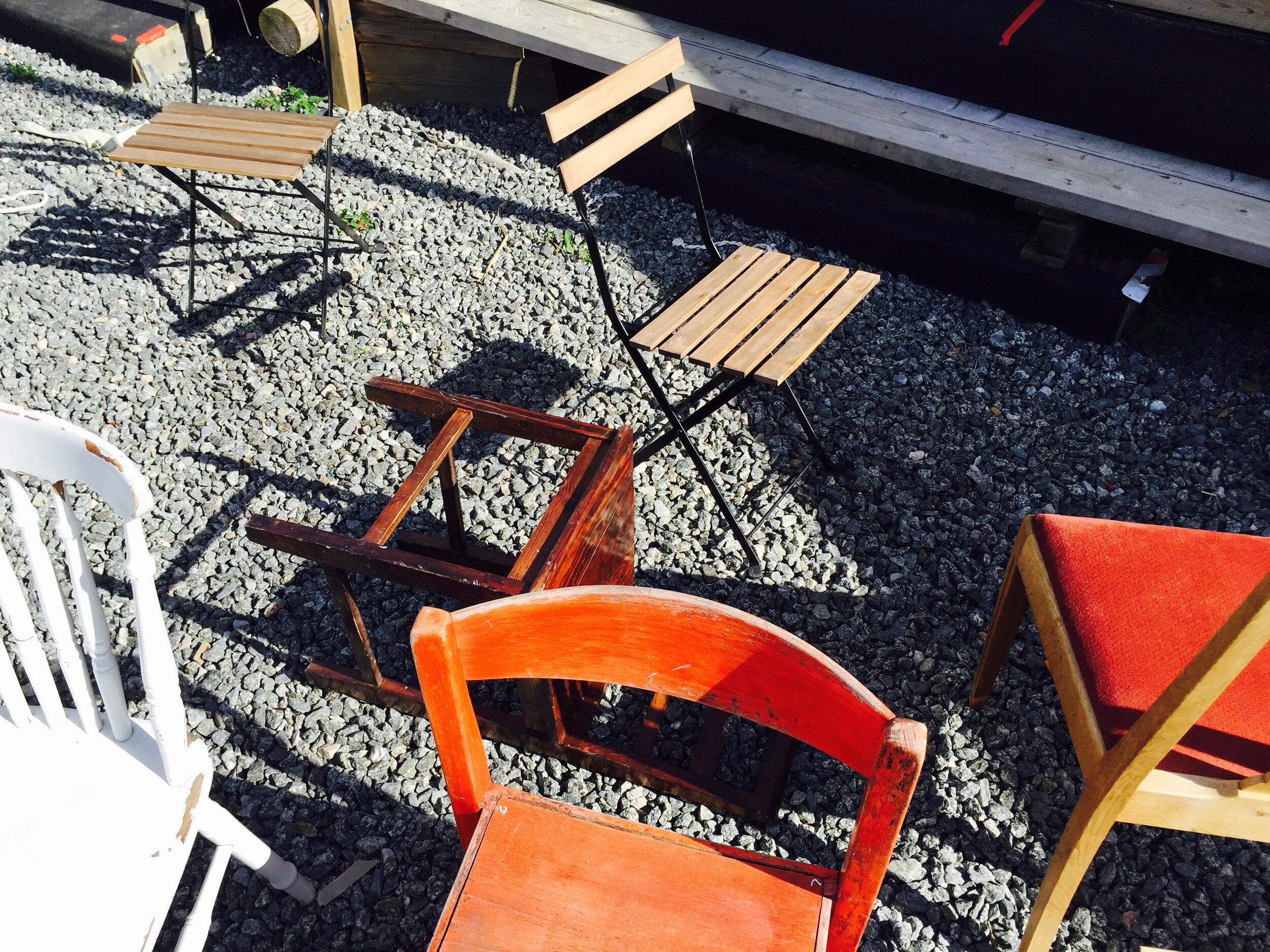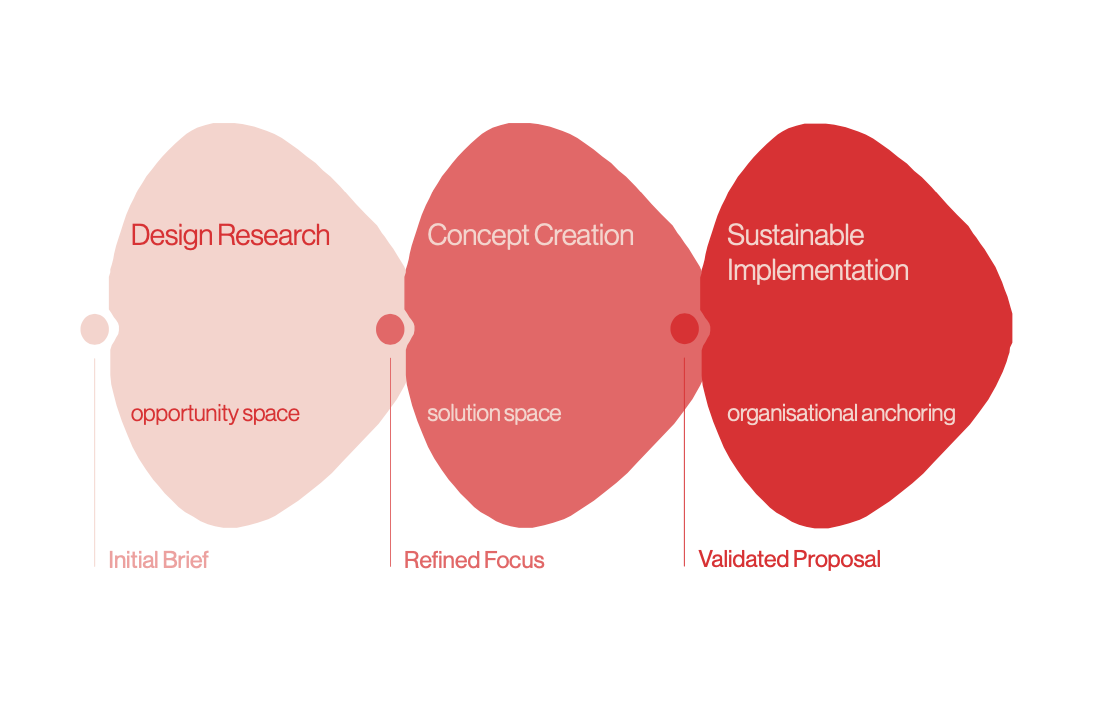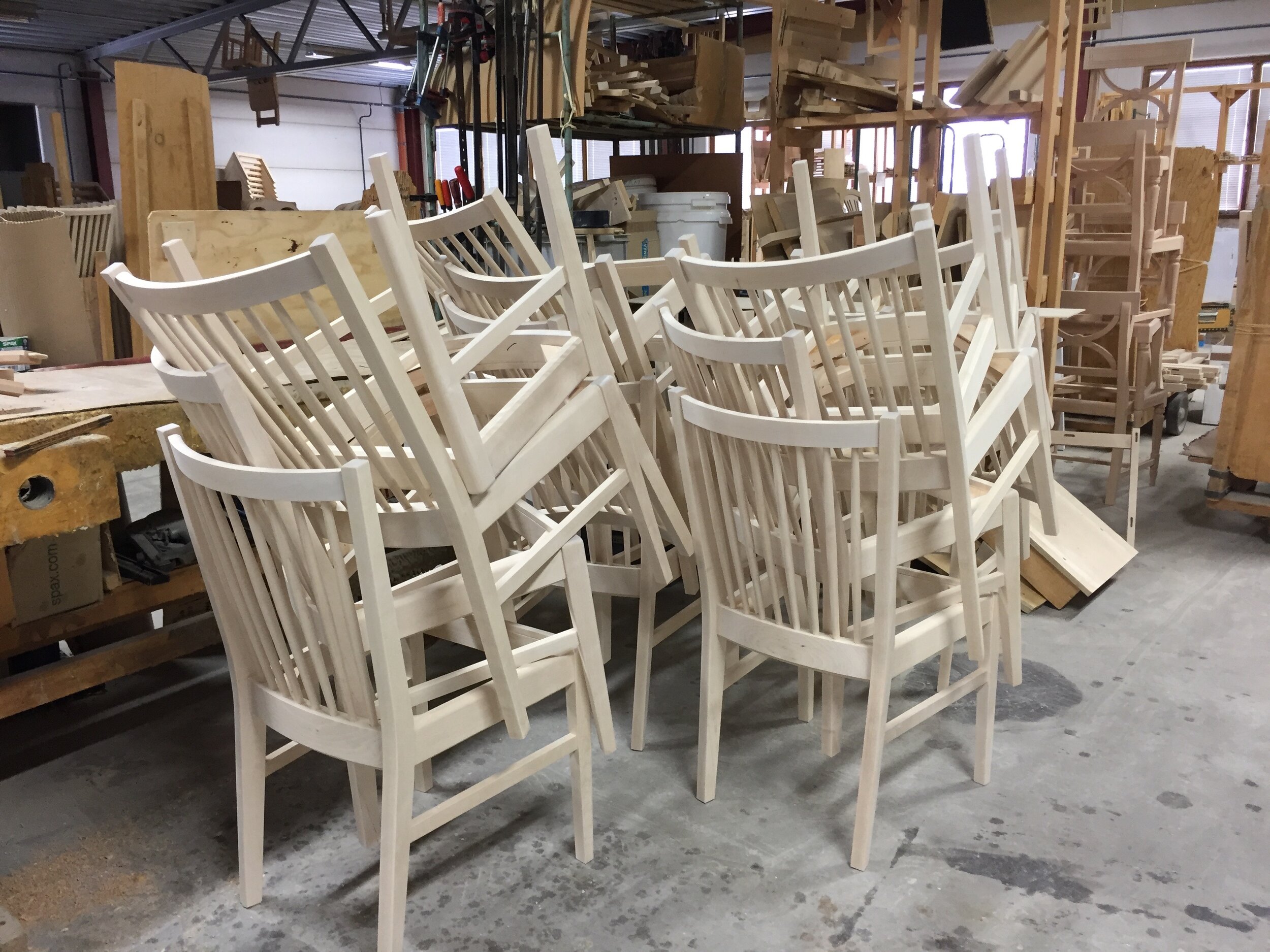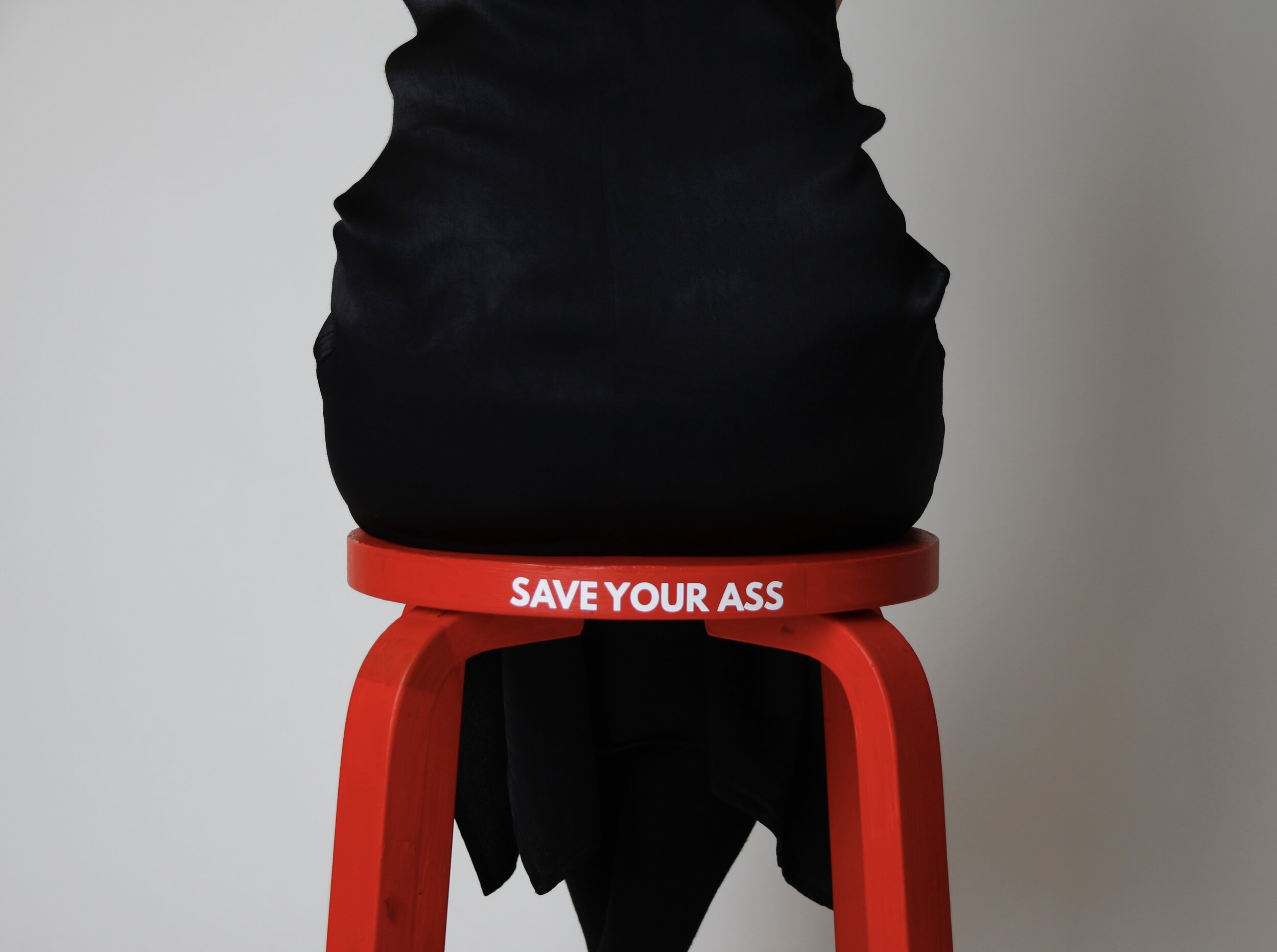A Circular Flow.
How to transform a sustainable project into a viable business?
Linking the intangible with the tangible to deliver a design-driven strategy for the circular economy in the furniture industry.



“10 million tonnes of furniture are discarded by businesses and consumers in EU Member States each year, the majority of which is destined for either landfill or incineration.”
European Environmental Bureau, 2017
Design-Driven Transformation
The assignment was to develop a design-driven strategy to transform
a publicly funded circular economy project into a business venture. Möbelbruket refurbishes discarded furniture from public sector sources to then sell it back into the market.
“A chair is the most difficult piece of furniture to make.”
Field Research in Tibro - Sweden’s Furniture Hub
Connecting the Dots
The strategy aimed to connect the different activities within the supply chain to create a transparent business attracting external competences as well as potential donators and buyers.
Spreading a Circular Lifestyle
The “Charismatic (Concept) Chairs” were designed as a means to attract attention and to set the tone for a circular lifestyle. A QR-Code transfers the “sitter” to the project’s website - a platform synthesising different stakeholders like municipalities, architects and partners.






Möbelbruket successfully transformed from a pilot project into a viable business - now being called “Sajkla”. The design-driven strategy got complemented by a showroom concept and further adapted for the Stockholm Furniture and Light Fair 2019. Since spring 2020 Sajkla has been an official supplier to the City of Gothenburg and a number of surrounding communities.
“Det är inte klokt att värdefullt material används en gång och sedan slängs. Nu ska vi ändra på det. Den gröna återhämtningen som samhället nu behöver ska skynda på omställningen till en klimatneutral och cirkulär ekonomi.”
Isabella Lövin, Sveriges klimat- och miljöminister, 2020
Lessons Learned: People and Planet Centered Design are deeply intertwined. If we all really knew what we need, there would be no separation or discussion about one approach neglecting the other.
Next Steps: How to further implement circular business models and inspire a resourceful and conscious behaviour? A resourceful and conscious behaviour clearly benefits the planet. Not only as a result but also as a means in its own end it benefits people’s minds and meaningfulness.
Collaborators: Anna Saraste, Carolin Röske and our main project partners Jenny Ekman from Möbelbruket (now Sajkla) and Stefan Lundberg from Lundbergs Möbler
Pictures: Jessica Litzel, Jenny Ekman, Anna Saraste, Carolin Röske
